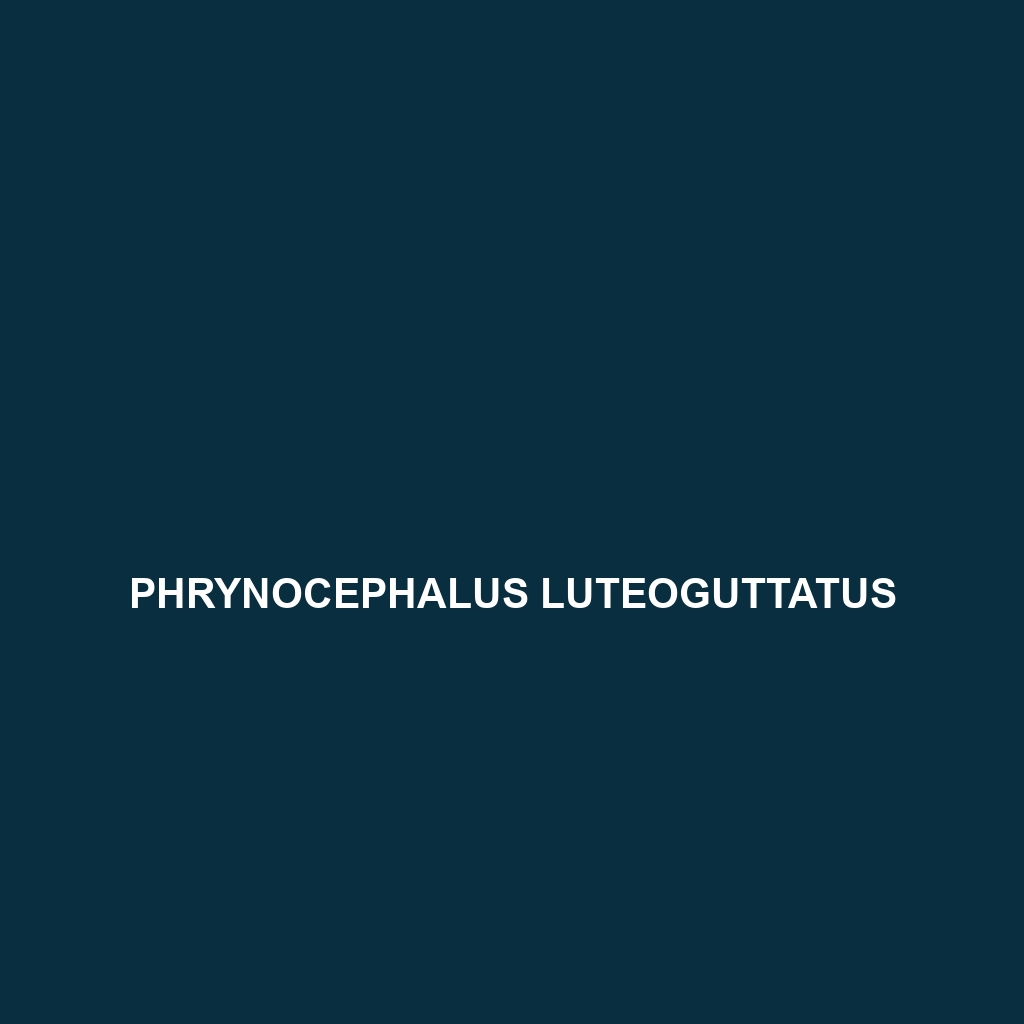<p><b>Proctoporus sucullucu</b>, a vulnerable lizard native to the humid cloud forests of the Andes, thrives in elevations of 2,500 to 3,500 meters. This nocturnal insectivore features a flattened snout, smooth scales, and distinct earthy colors that provide effective camouflage, while playing a vital role in maintaining ecological balance as both a predator and prey.</p>
Tag: insect hunting strategies
Proctoporus sucullucu
<p><b>Proctoporus sucullucu</b>, a vulnerable lizard native to the humid cloud forests of the Andes, thrives in elevations of 2,500 to 3,500 meters. This nocturnal insectivore features a flattened snout, smooth scales, and distinct earthy colors that provide effective camouflage, while playing a vital role in maintaining ecological balance as both a predator and prey.</p>
Phrynocephalus luteoguttatus
<p>Discover the <b>Phrynocephalus luteoguttatus</b>, or yellow-spotted toad-headed agama, a striking lizard native to the arid regions of central and southwest Asia. Known for its unique sandy yellow coloration with black spots, this insectivorous species thrives in semi-arid habitats, playing a crucial role in maintaining ecosystem balance.</p>
Cyrtodactylus cracens
Discover the Cyrtodactylus cracens, a vulnerable gecko from the humid tropical forests of Southeast Asia, characterized by its robust body, distinctive dark spots, and nocturnal hunting behavior. Thriving in limestone karst formations, this species plays a crucial role in controlling insect populations while facing threats from habitat loss.



